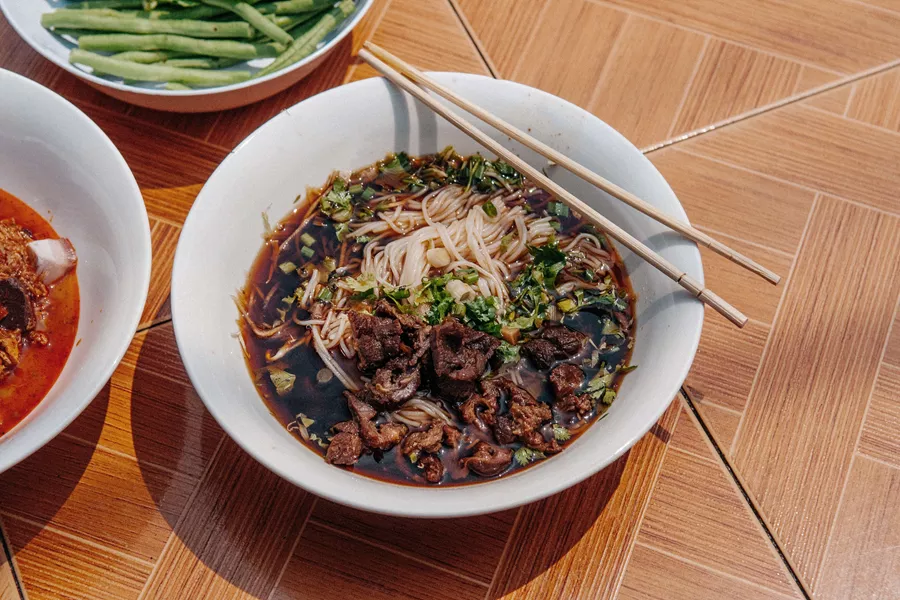Possibly as a legacy of the strongly hierarchical pre-Hispanic cultures or European colonialism, self-discipline is strongly advocated among Peruvians. The control of one's emotions and feelings is highly valued among all Peruvians, but especially among men. Respect for elders, shown through such actions as giving up one's seat for elderly people on buses, also has a strong place among public values. These values of discipline and respect for others are in sharp contrast to a political scene marked with great levels of authoritarianism and widespread corruption. Youths are also responsible for providing a strong alternative counterculture to main normative values. This counterculture is mainly expressed through musical outlets, such as the national adaptation of rock and punk music, and North American tastes in fashion and popular culture. Public expressions of sexuality, including that of homosexual behavior, is strongly discouraged.
The enchanting city of Cusco, former capital of the Inca Empire, charms with its cobblestone streets, Spanish colonial architecture and archaeological sites, and is the starting point for treks of different levels in the surrounding mountains and valleys.












